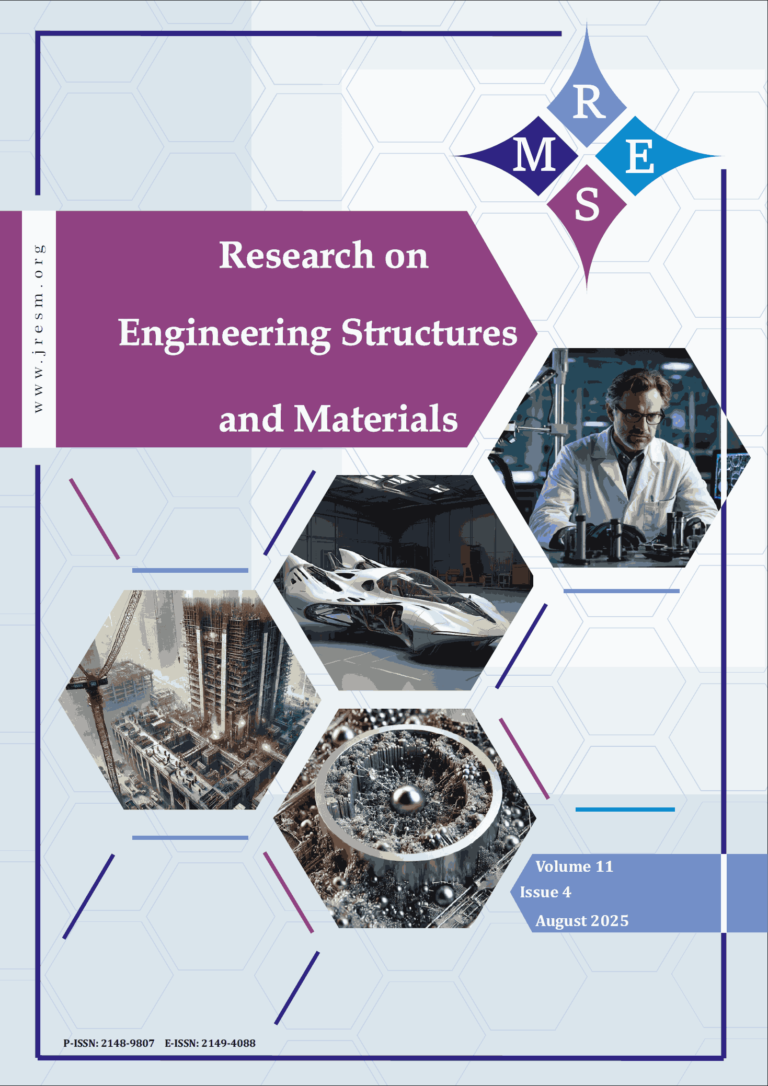This study investigates the flexural performance of concrete beams reinforced with glass fiber-reinforced polymer (GFRP) rebars, incorporating hybrid fibers and a ternary blended cementitious matrix. Steel fibers (SF) (0.5%, 1.0%, and 1.5% by volume) and polypropylene fibers (PP) (0.1%, 0.2%, and 0.3%) were used to improve mechanical properties. The mix was designed for M30 grade with a water–cement ratio of 0.48, incorporating 10% zeolite and 15% Alccofine as supplementary cementitious materials. Slump tests assessed workability, and cube compressive strength was determined at 7 and 28 days. Three full-scale beams (150 mm × 250 mm × 3000 mm) were tested under four-point bending to examine structural behavior. Parameters such as first crack load, yield, and ultimate loads, deflection, ductility indices, and energy absorption were recorded. Results revealed that hybrid fibers enhanced flexural strength, ductility, and crack resistance. The synergy of fibers and ternary blends improved GFRP-reinforced beams, confirming their potential for durable structures. The adaptive network-based fuzzy inference system (ANFIS) was employed to predict structural response. ANFIS integrates neural networks with fuzzy logic, automatically tuning membership functions to match experimental data. Inputs included aspect ratio, fiber fraction, compressive strength, and steel area, while outputs such as crack load, deflection, yield load, and ultimate load were modelled individually. Membership functions were optimized over 100 epochs, and surface plots were compared results. Hybrid-fiber ternary concrete achieved 32.18% higher flexural strength, 40.60% reduced deflection, 42.15% reduced crack width, and 96.78% greater energy absorption. ANFIS predictions showed excellent accuracy with R² values approaching unity.
